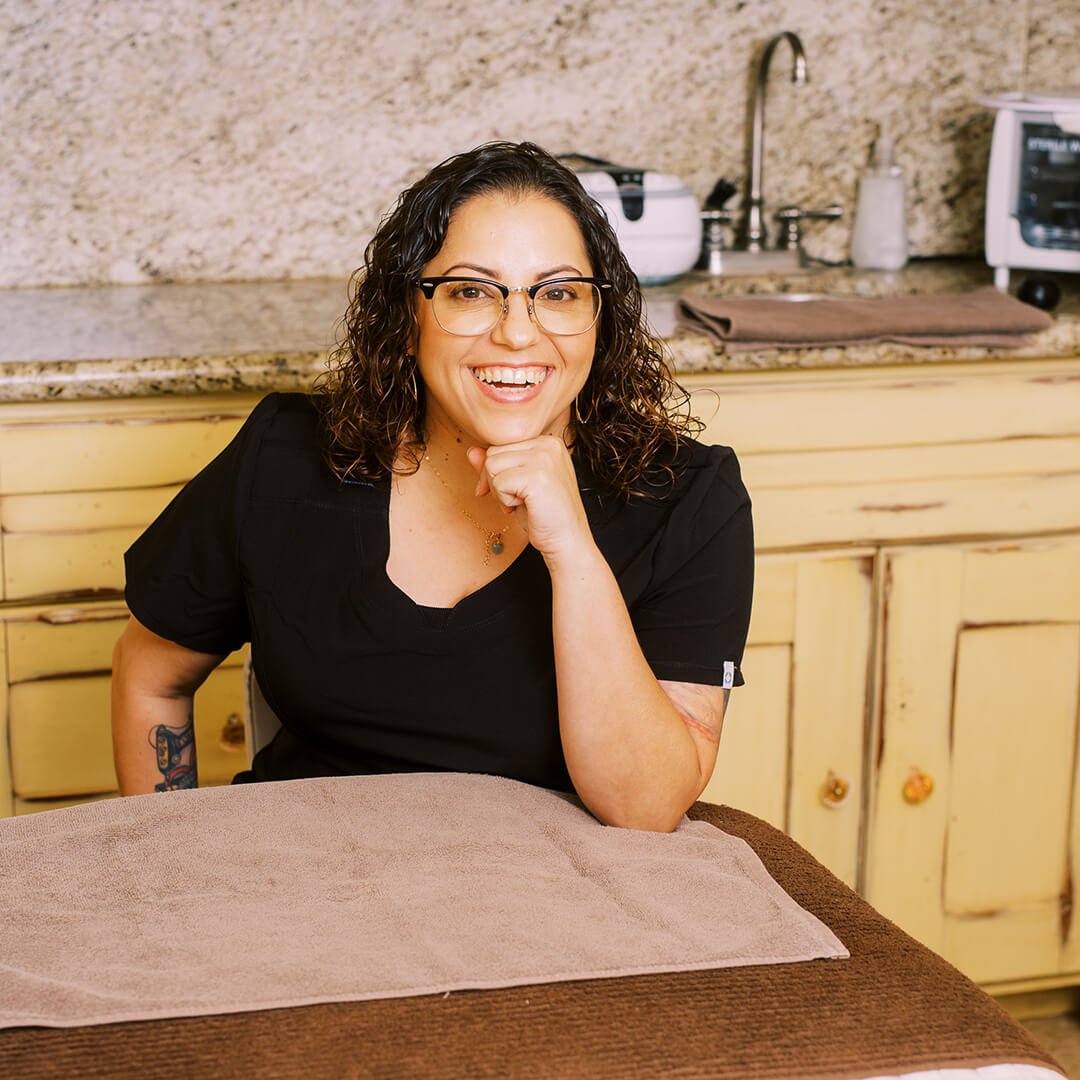If you’ve sought professional advice to treat skin concerns like acne, aging skin, or hyperpigmentation, or even just to learn how to get a glowing complexion free of excess debris, you have likely been advised to add exfoliating acids to your skin care routine in one form or another. Whether you are eager to try the newest trending chemical exfoliants, or you want a refresher on what your recommended Hydroxy Acids are prescribed to target, read on for a breakdown of AHAs, PHAs, and BHAs, and which Hydroxy Acid is right for you.
Sensitive skin and all skin types: Until recently, the most commonly recommended exfoliating acids have typically been Beta Hydroxy Acids (BHAs) and Alpha Hydroxy Acids (AHAs) due to their fast and extremely effective results. Because of their efficacy though, there is one skin type that has often had to go without the Hydroxy Acid skin care benefits: sensitive skin. We now have the key to radiant, exfoliated, and rejuvenated skin minus the risk of irritation for our sensitive skin types. Polyhydroxy Acids, or PHAs are related to the AHA family; but are much more gentle while still offering some of the main benefits of AHAs and BHAs.
PHAs are known as the recommended acid for sensitive skin. They are gentle enough that they are often even a great fit for those with rosacea or eczema who still want an illuminated, fresh complexion. They also offer a unique balance of exfoliation and nourishment because PHAs hydrate skin. “They support the skin’s barrier function, which locks in moisture and reduces the appearance of fine lines and wrinkles.” (Healthline.com)
Like other Hydroxy Acids, PHAs slough off dead skin cells, revealing smoother, brighter skin that’s ready to absorb products more effectively so they can perform their best. The molecules of PHAs are larger and therefore cannot penetrate as deeply as AHAs or BHAs, which is why they are likely your best best bet if you have sensitive skin or want to start introducing chemical exfoliants into your skin care routine.
Aging, dull, and sun-damaged skin: AHAs are a staple in skin care for reducing fine lines and wrinkles by breaking the bond between your skin and the dead skin cells that cling on to the skin’s surface. This process can also aid in collagen production as well as brightening by diminishing dark spots and scars as dead skin cells are replaced with new cells. “AHAs promote skin cell turnover. New skin cells are evenly pigmented. In theory, long-term use of AHAs may reduce skin discoloration by encouraging the old, discolored skin cells to turn over.” (healthline.com) AHAs vary in strength and concentration, so check with your skin care professional before adding products containing them into your routine.
Acne-prone and oily skin: BHAs are often a go-to for acneic skin because they reduce inflammation, slow down sebum production, and clear out pores. While products containing BHAs are often formulated to treat acne, like AHAs and PHAs, they also exfoliate and smooth, brighten, fade hyperpigmentation, firm, and reduce wrinkles. (Irvinelasercenter.com)
BHAs are oil soluble (meaning that they penetrate deeper within the skin before dissolving) and have relatively small molecules. These traits mean that BHAs can exfoliate more aggressively than other chemical exfoliants. Because of this, you will want to seek professional advice before using BHAs and learn how to properly introduce them to your skin.
While all Hydroxy Acids have the same core benefits like cell turnover, brightening, and firming, each also has its own “superpower.” For further advice on which one is right for your specific skin concerns, visit us in store at 904 E. 2100 S. Salt Lake City, Utah, or visit us at gotbeauty.com to ask us for a recommendation on chat!






